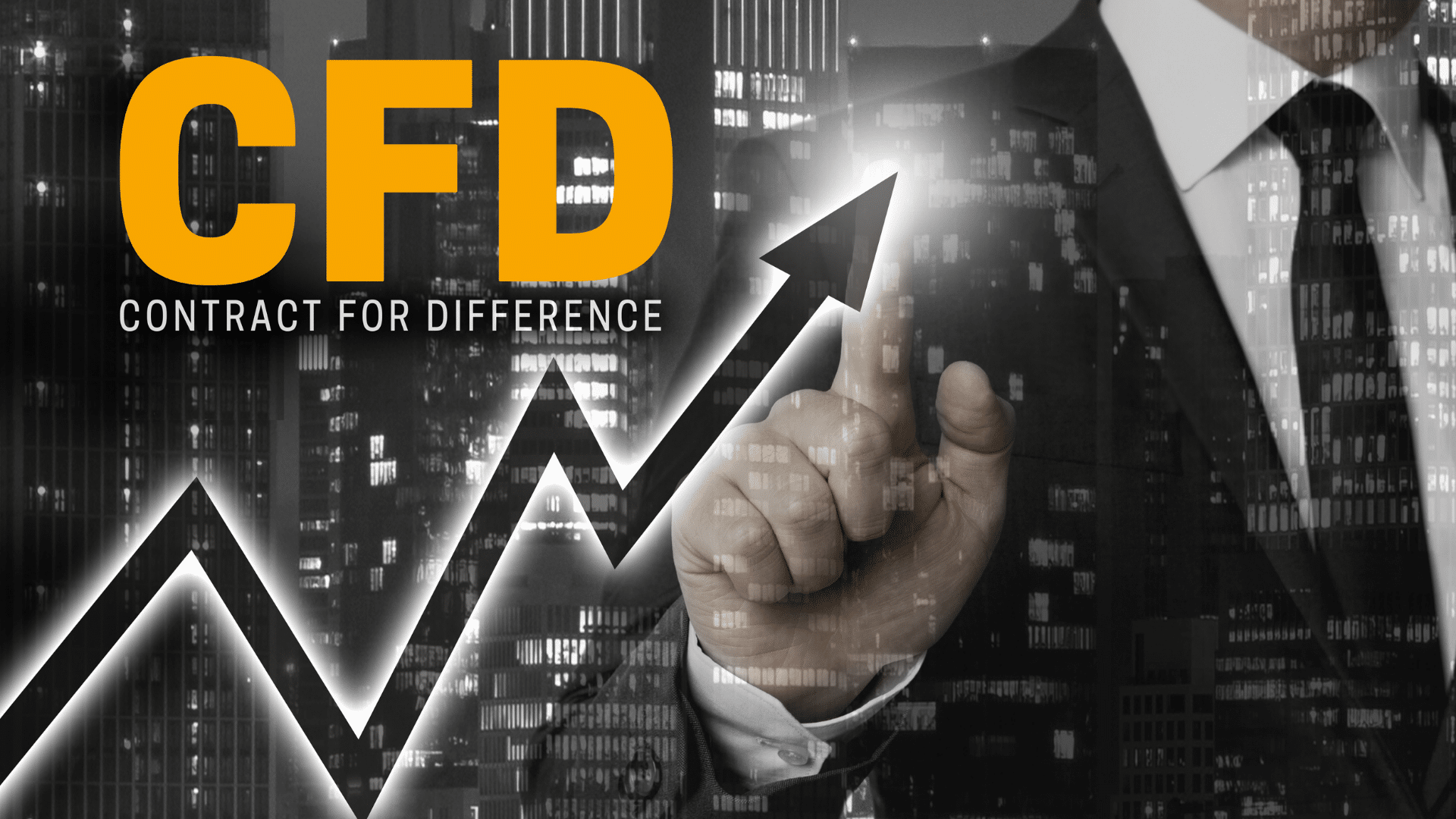Every CFD trader should familiarize themselves with pertinent corporate actions and carry costs. That is because certain corporate decisions, such as dividend payments, can directly impact the value of the involved CFDs.
On the other hand, carry costs can reduce net returns, which is a significant concern since the primary goal of CFD trading is to generate profits.
This guide will introduce you to diverse company action and cost-related aspects you should know of before you can take your CFD trading career to the next level. They range from dividend adjustments on equity/index CFDs to the effect of overnight financing on multi-day holds.

Dividend adjustments on equity/index CFDs
While interacting with equity and index CFDs, you don’t need to buy and sell underlying assets. You simply speculate on the price movements of the aforementioned assets with a reputable CFD trading broker. Multiple factors, including dividend adjustments, can impact equity and index CFDs.
When a stock or index pays dividends, your broker should adjust the CFD prices accordingly based on the payout. That is done to ensure CFD traders don’t gain or lose by an unfair margin compared to investors who hold the actual underlying assets.
Short dividend charges
If you decide to hold a short CFD position on a stock, your broker will essentially be allowing you to borrow shares you hope to sell at the right time. The market will still consider you as a trader who owns a negative position in the involved asset.
When the company in context pays a dividend, actual shareholders will receive their payouts, but you will be required to pay the equivalent to your broker since you don’t own any real shares. That is what experts refer to as short dividend charges.
Earnings halts
An earnings halt refers to a situation in which an exchange, such as the New York Stock Exchange (NYSE), temporarily suspends the trading of a specific stock. Several issues can lead to that, including upcoming earnings reports, merger announcements, and abnormal market activity.
During a halt, stock prices cease to move as the market adjusts accordingly. When trading resumes eventually, there can be significant gaps in pricing that either translate to profits or losses for CFD traders.

Effect of overnight financing on multi-day holds
As the name suggests, a multi-day hold happens when you hold a specific position for more than one trading day. You may do that for several reasons, including while anticipating significant price changes caused by aspects such as earnings releases and commodity shocks.
If you hold leveraged positions for multiple days, you will be required to cover overnight financing fees by your broker. The charges will increase over time, eventually eroding your returns.
Final Thoughts
CFDs offer you the opportunity to trade assets like stocks, indices, and crypto without buying and selling the underlying assets. Before trading these assets, note the most crucial nuances, including those we’ve discussed here, as they can impact everything from your positions to your bottom line.
Also, since aspects such as gaps from earnings halts can cause significant losses, always protect your capital and returns with stop-loss and other risk mitigation strategies.

